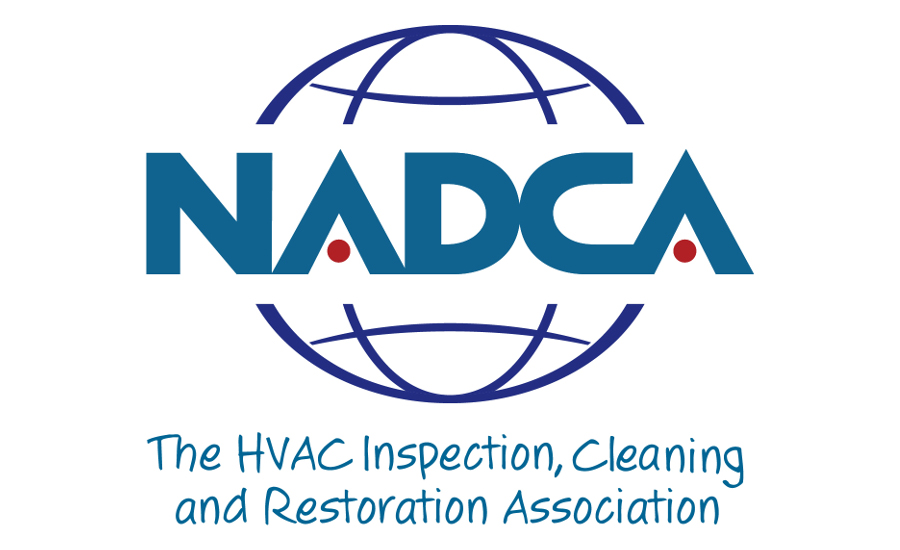One recommended tactic to prevent soot contamination is to employ mesh screening around building vents in eaves, siding, dryers and roofs. However, the National Fire Protection Association reported on a study by the Insurance Institute for Business and Home Safety that found that even with the recommended eighth-inch mesh screening, embers were still able to penetrate a building’s HVAC system. Filters are also not fail-safe.
“If there’s a lot of ash, the filters can load up and pass the debris through,” said Dan Stradford, a National Air Duct Cleaners Association board member and owner of Action Duct Cleaning in Altadena, California.
The filter can even be sucked through the system.
“If the filter is overloaded with ash, the system is just drawing on that filter like a vacuum,” Stradford said. “The filters can get sucked out because they’re so laden with particulate. If there’s still smoke and ash in the environment after that happens, that particulate is going to flow freely through the system.”
The best solution: a thorough inspection and air duct cleaning if indicated. While fiberglass ductwork presents a unique cleaning challenge after soot contamination, especially when dealing with the odors that can penetrate fiberglass, metal ductwork can be salvaged with an aggressive cleaning.
“Smoke from a fire can contain liquid or sticky particles that can adhere to the walls of metal ductwork,” Stradford said. “You may need to consider deodorizing metal ductwork in those instances as well.” Heavy spray coating after cleaning may also be indicated. Any ductwork that shows signs of fire damage or signs of heavy contamination should be replaced.
Additional concerns
In addition to the dangers of soot, homeowners and building managers need to be aware of the potential for heat damage to flexible ductwork.
“Flex duct has a plastic liner between the inside of the duct and the fiberglass,” said Stradford. “That doesn’t get as impacted as lined ductwork by the smoke, because the fiberglass is protected by the plastic, although smoke particles can adhere to plastic as well. In this case, heat is an additional issue. If the temperatures are too elevated, the duct could be compromised.”
Melted flex duct should be replaced.
Homes and buildings can also be damaged by embers from the fires, which can be carried by wind up to a mile from a fire. A large part of the problem: residential areas being developed in or close to untouched wildland, or what is today called wildland-urban interface. It’s estimated that 2 out of every 3 homes destroyed during a 2007 fire in San Diego County, California, were started by embers carried from the fire, not the fire itself. These dangerous embers can infiltrate a building’s HVAC system as well, causing burns throughout the system and irreparable damage.
Fire retardant delivered by air may also be a concern for buildings near areas being treated with the substance. Called “slurry,” aerially delivered fire retardant is mostly water and fertilizer mixed with a claylike material to help it “stick” to burning vegetation and avoid evaporation. Slurry is dyed bright red and the material is dropped strategically.
However, in recent years there have been concerns about the safety of slurry, as its runoff into creeks and rivers has decimated fish populations and killed sensitive vegetation. While new rules apply to how close slurry can be to bodies of water, the U.S. Forest Service and the California Department of Forestry and Fire Protection say that slurry is safe and not harmful to humans. The thick, liquid nature of slurry makes it unlikely to penetrate surrounding structures or work its way into HVAC systems. It’s advised that pets not be allowed to ingest slurry.
This article was supplied by the National Air Duct Cleaners Association.








